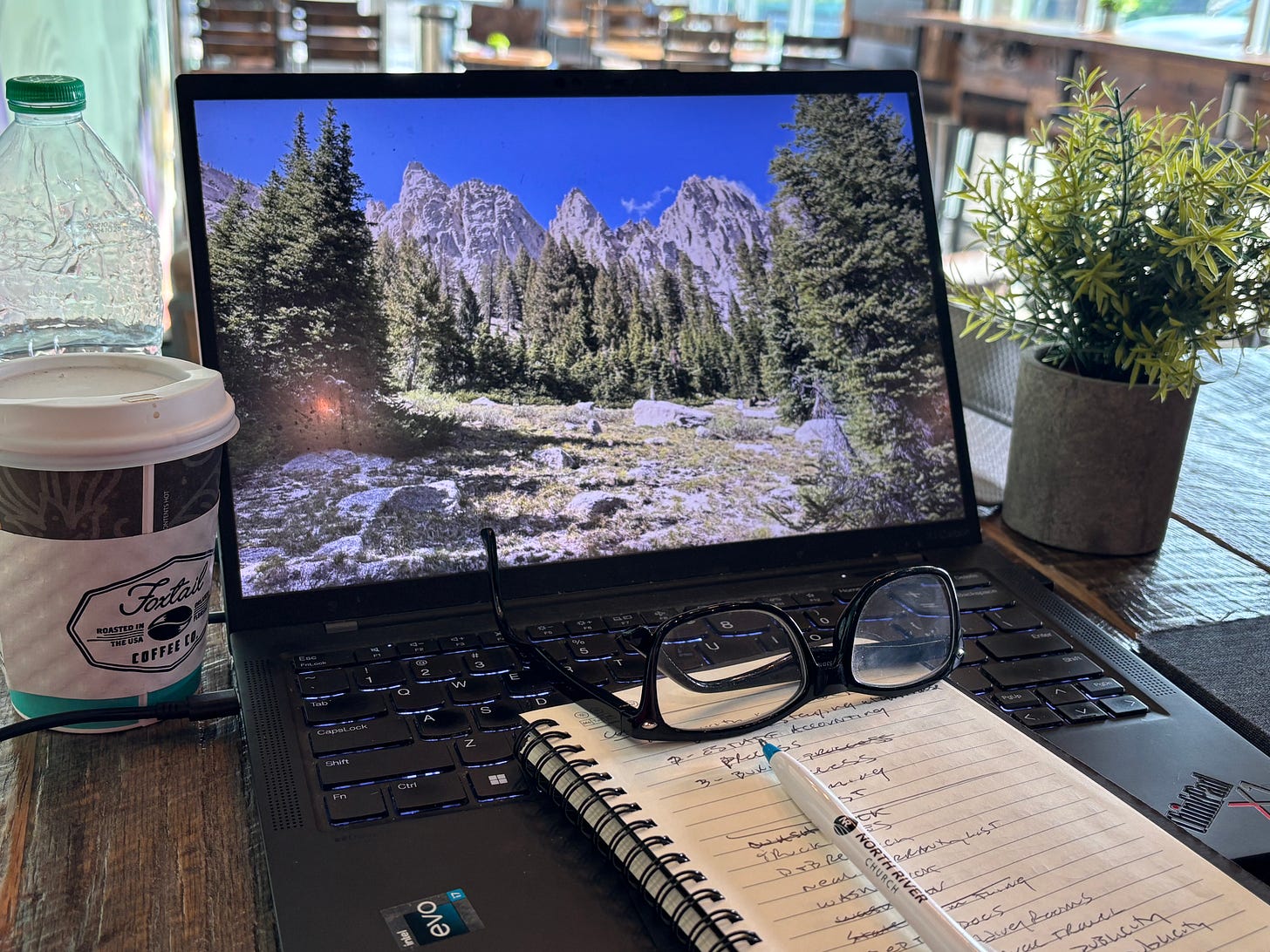This post continues one of my favorite themes, shaping a data team. You can find more articles on this topic here.
A few weeks ago, I got a LinkedIn message from a co-worker I haven’t worked with in fifteen years.
He said that he missed working together.
I don’t remember what projects we worked on, but I remember how we worked together. We had a mutual trust that helped us think outside the box. Data work brings you into close contact with people at every level of a company, and they all see how you work from the inside out. You gain (or lose) trust every step of the way.
I learned the hard way what it takes for a data team to build trusted relationships with their business colleagues. It’s easy to get lost in the technical side of data work and miss out on the incredible value of feedback from the people who actually use the data. If you don’t take to heart what they say, the people you support might feel that you just don’t get it, not because of technical challenges, but because talking with you feels like driving on a one-way street.
Here’s how to change that situation: listen well and work together. Modeling this behavior will change how everyone at your company understands their data.
Listen Well
I worked remotely long before COVID-19, which meant I’d have to beg a meeting’s host to add me to their video call, so I usually “arrived” late to most meetings. Once I finally got on the call, I felt like a spectator, waiting for discussions to reach a point where people wanted to hear what I had to say; it took a lot of patience.
People who confidently make quick decisions—and successfully argue for them—get attention from everyone. That didn’t translate well into my IT roles. Telling people what I thought they needed didn’t help me develop trusted relationships. But becoming a listener—talking less in meetings, asking more questions, and thinking through everyone else’s ideas first—changed my whole outlook.
I didn’t expect it, but people listened more closely when I finally shared my own ideas after I listened first.
Here’s a quick tip you can use right now to help you become a better listener:
When someone tells you their opinion about a data problem, explain what they said back to them in your own words.
Ask questions to make sure you got it right. Then take their ideas and advance them. Add to them. Even if you disagree with their solution, you can at least affirm their motives and goals. Sometimes, you’ll discover something new together, and when you do that, you’ve instantly built more trust.
Work Together
Listen all you want, but if you don’t allow other people’s ideas to change the focus of your work, people will probably think their words went in one ear and right out the other.
A few years back, my team created a great database cube for analyzing the company’s product and customer margins. It gave analysts a 360-degree view of customer data using a simple (but extremely powerful) Excel pivot table. We added new features before anyone asked, but most people using the tool didn’t even know those features existed.
Then, a friend stopped me in my tracks. She told me I was so focused on the features we’d built into the cube that I had left the people using it behind.
She suggested I dedicate time to training people to use the data.
Earlier in my career, I would have reacted defensively, but I took her advice, and we started a quarterly “data summit,” where we showed people the latest tools and solutions. It wasn’t just an IT workshop; people from different parts of the company came together to explain their data to everyone else. Eventually, people would fly in from foreign countries to attend the summit. Unintentionally, I’d launched a new training function within the IT department.
That created a completely unexpected feedback loop: business people showing people from other departments the meaning of their data. My data team hosted the data summit, but we soon realized we were part of the audience. People were teaching each other and working together to solve business problems.
I’ll write more about how that data summit worked in a future post, but you don’t need to wait for that to find ways to work together with your business partners. If you’re a data leader, try this:
Step away from your desk, visit people, and see how they use data in their jobs.
I guarantee you’ll find all kinds of small ideas to make those tasks more manageable. You might even help them by showing them features in the data they didn’t know. That’s how I first met the friend who messaged me. He’s a Chief Financial Officer now and still remembers how much that personal connection meant to him when he was an analyst.
Don’t miss the incredible value of feedback from the people who use your data. Listen well and work together. That’s what people remember.




Great insights and advice. I’m on a difficult journey in my current company to listen and understand how people use data. The words “useful” and “useable” come up a lot. Sure, the data is available says the Data Engineer, to which I argue that it’s in a form that doesn’t get at the root of solving a business problem. I love your suggestion to have the business-focused data owners teach others about and how to use their data.